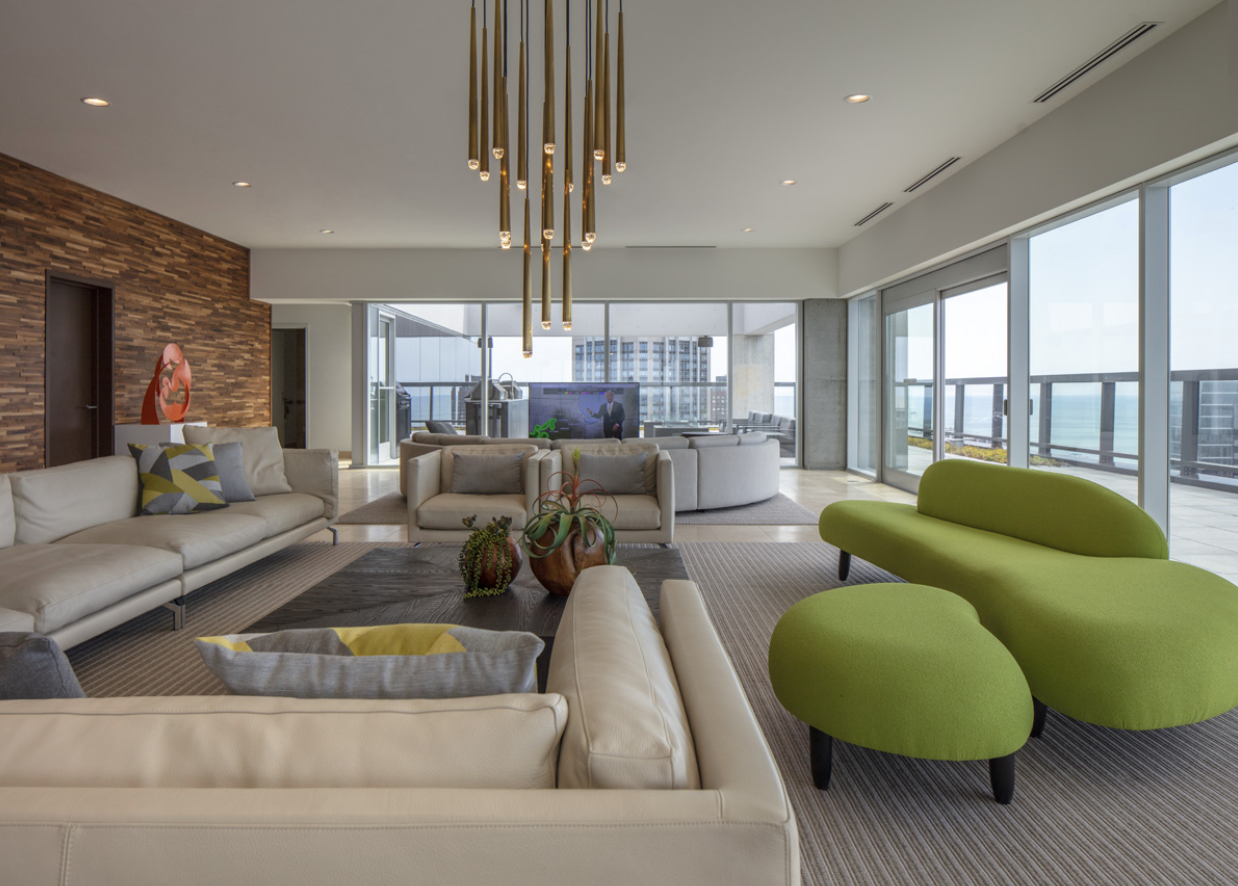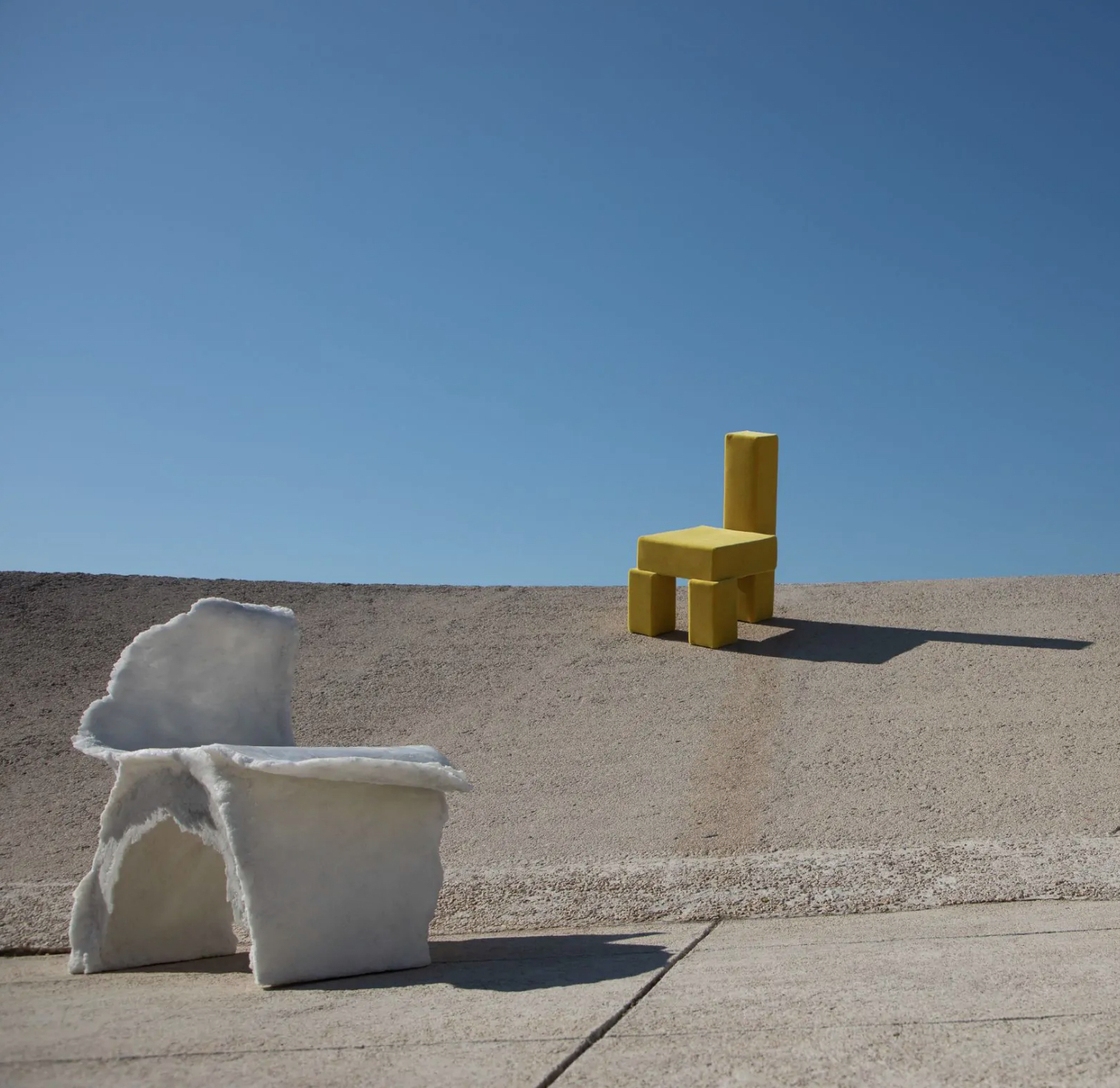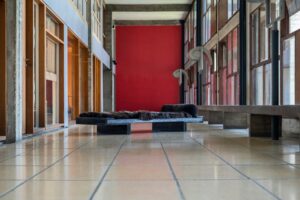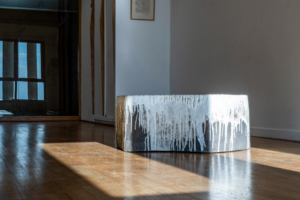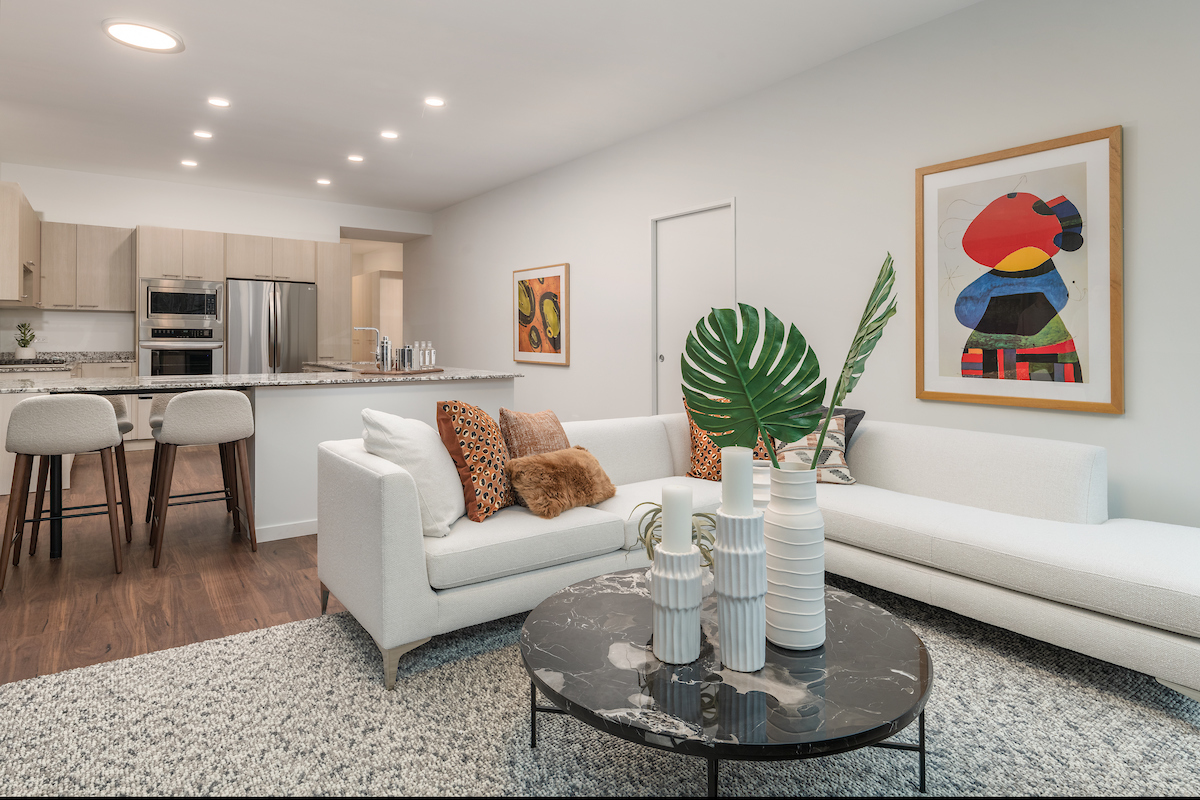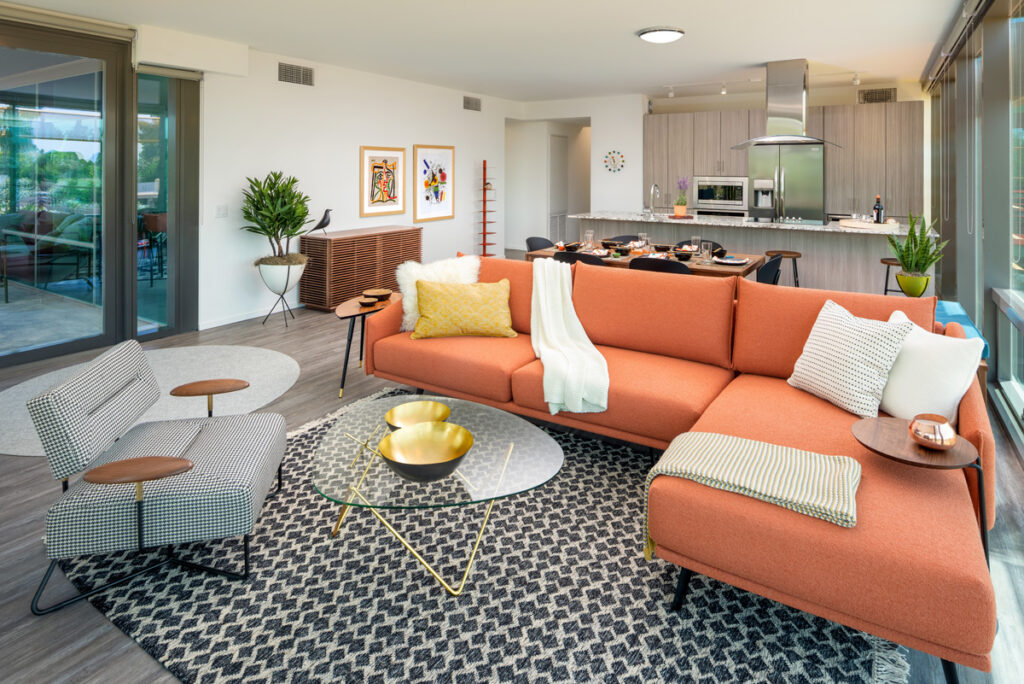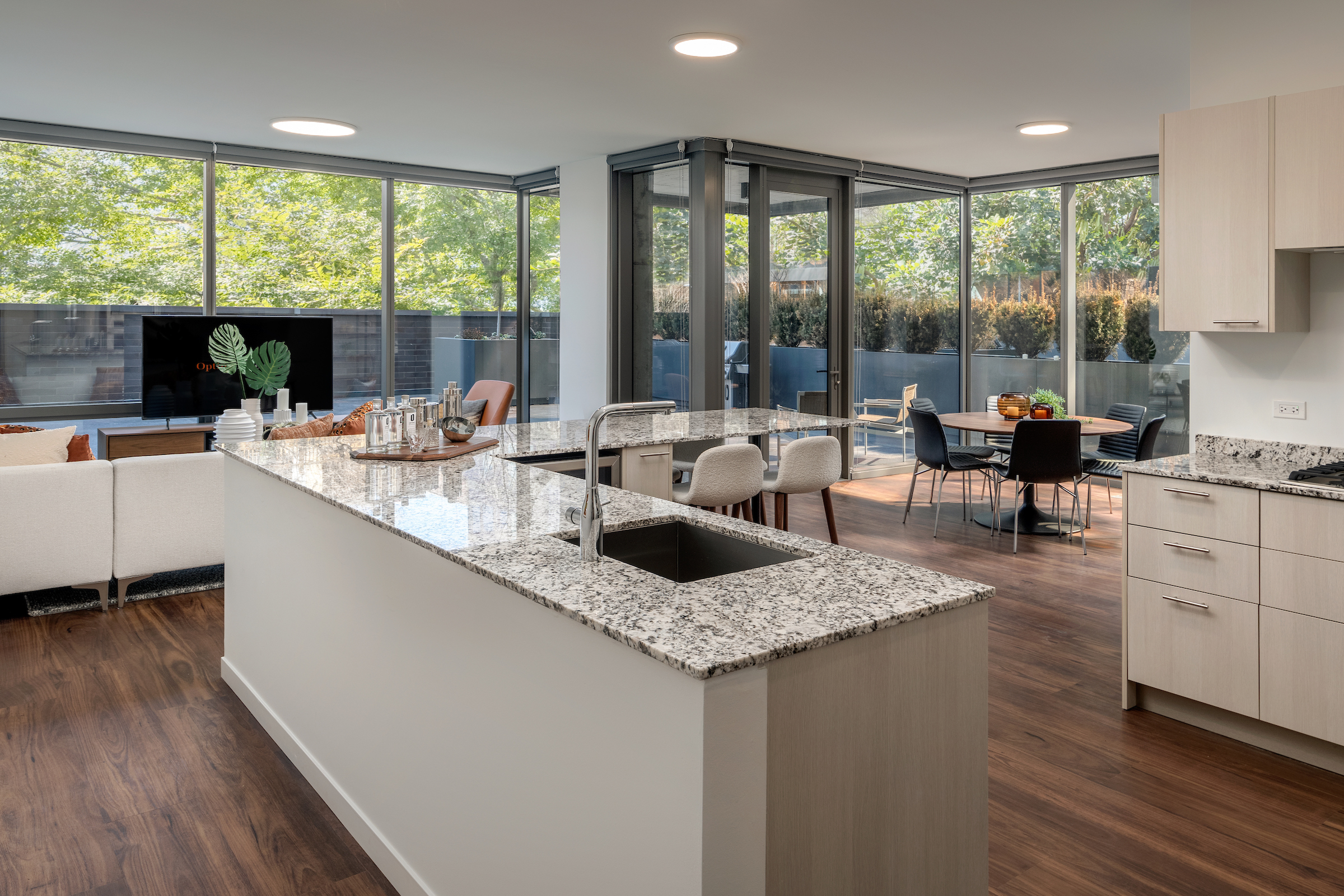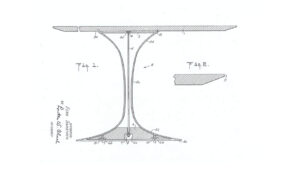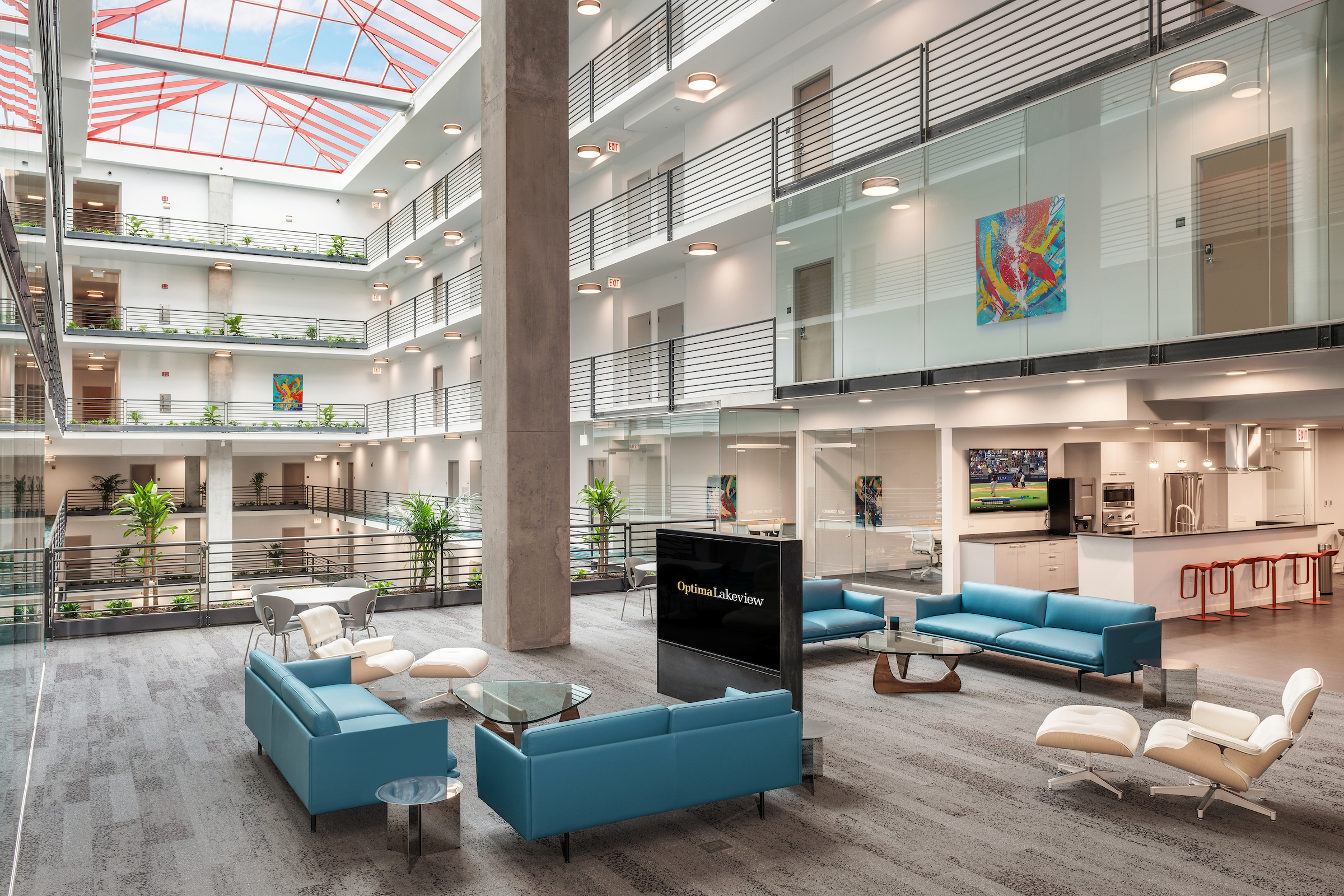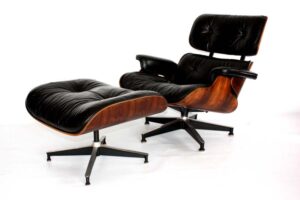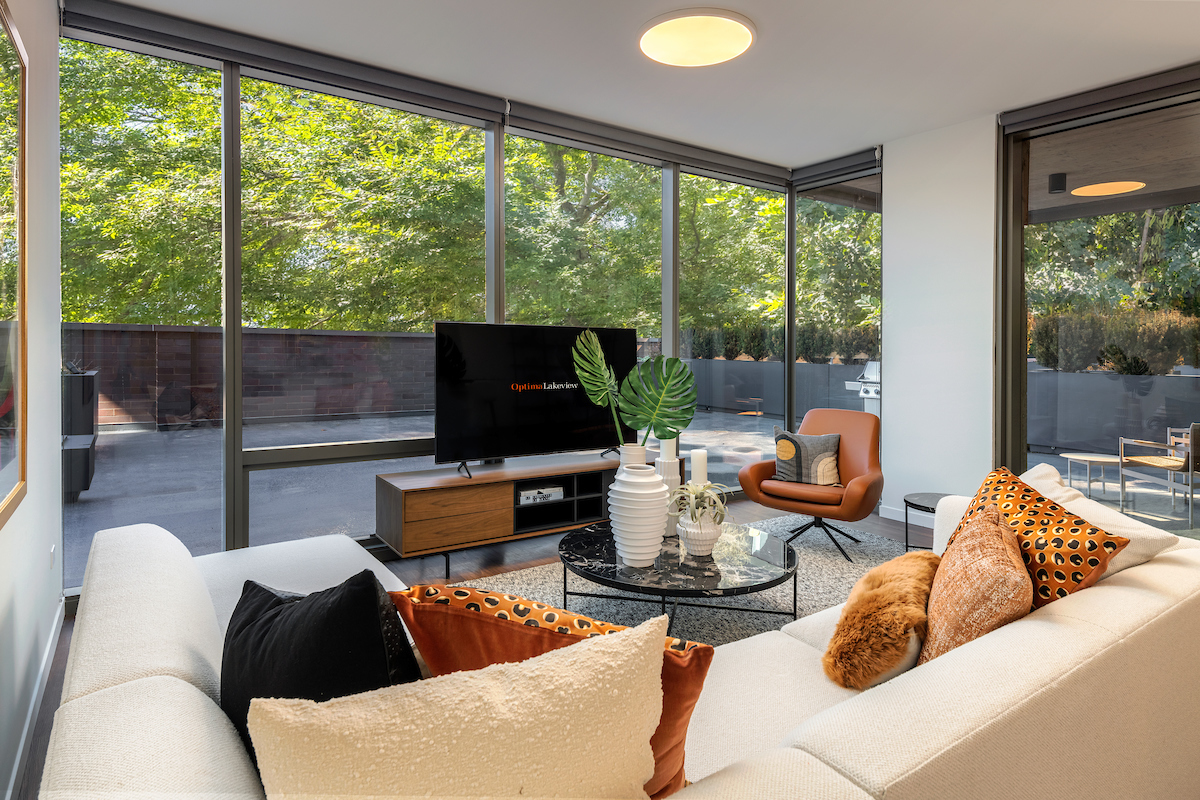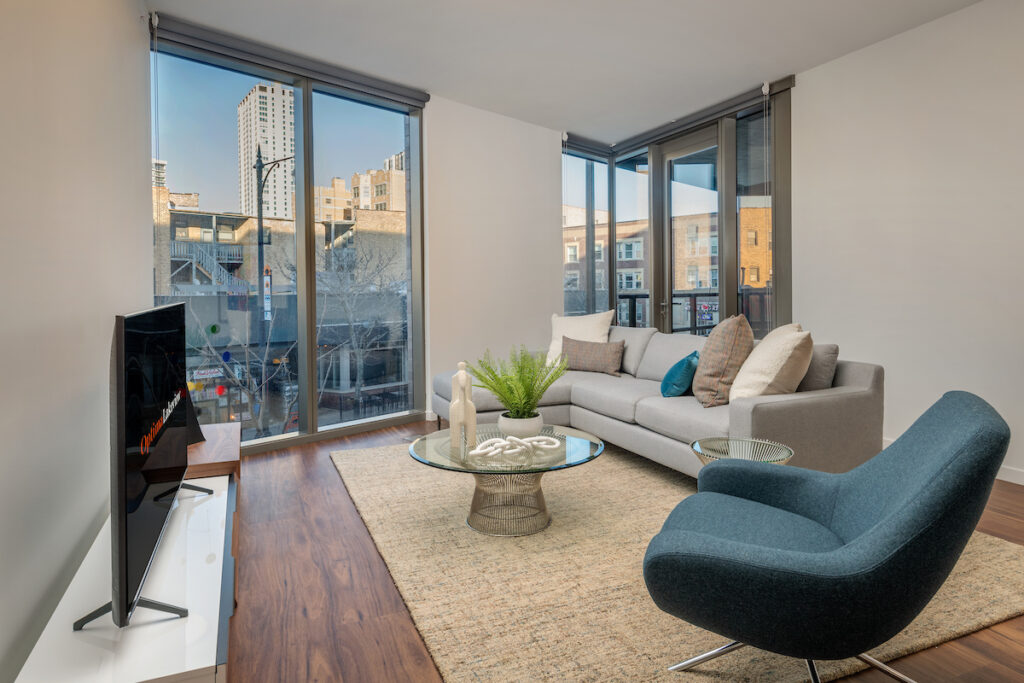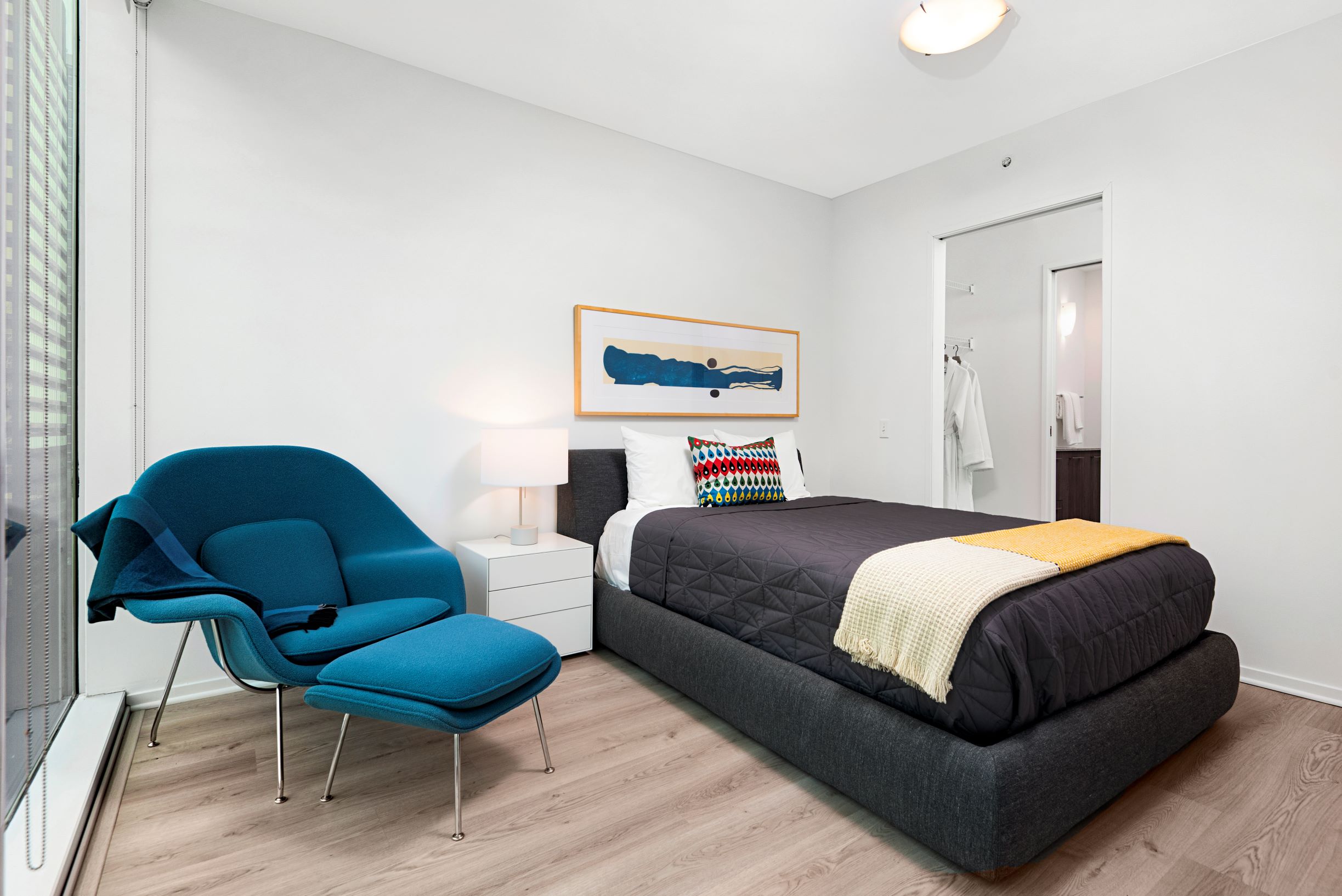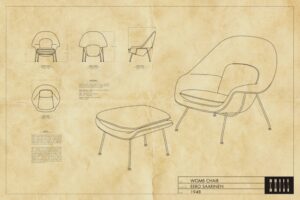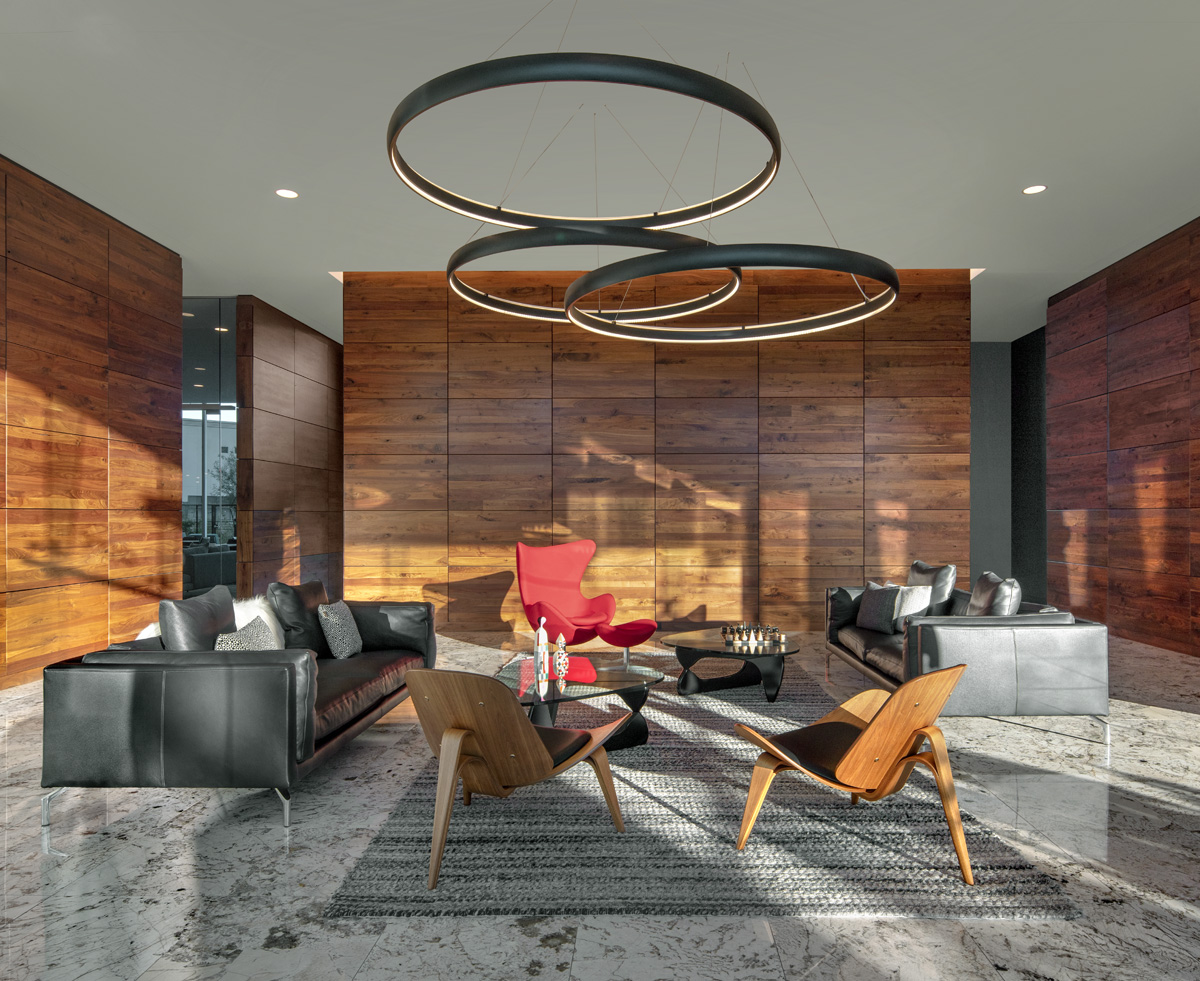In the realm of iconic furniture design, few pieces stand the test of time quite like the Vitra Freeform Sofa by Isamu Noguchi. This groundbreaking piece, unveiled in 1946, remains celebrated and sought-after, embodying the perfect balance between art and functionality that is at the heart of the Optima® experience, and can be enjoyed in the public spaces within our Optima Signature® community.
Born in 1904, Isamu Noguchi was an innovative artist and designer who left an indelible mark on the worlds of sculpture, landscape architecture, and furniture design. As a Japanese-American artist, Noguchi deftly blended Eastern and Western influences to create works of art that transcends cultural boundaries. His designs encompassed a myriad of materials, including wood, stone, and metal, and reflected a keen understanding of the relationship between form and function.
Noguchi’s collaboration with Swiss furniture company Vitra led to the creation of the Freeform Sofa in 1946. At a time when post-World War II design was dominated by stark, linear forms, Noguchi’s organic, sculptural piece was a breath of fresh air. The Freeform Sofa was conceived as an artistic expression that pushed the boundaries of conventional furniture design. It wasn’t just a piece of furniture, but a work of art that elevated the aesthetics of any space it inhabited.
The Freeform Sofa’s distinctive, undulating silhouette sets it apart from other sofas. Its sweeping curves and biomorphic form are inspired by nature, showcasing Noguchi’s desire to create harmony between the organic world and the built environment. It comprises a single, continuous line, gracefully transitioning from the armrests to the backrest and seat, creating a fluid and cohesive form.
The sofa’s slim, solid wood legs are highly reminiscent of the delicate limbs of a tree, providing the necessary support without detracting from the overall elegance of the design. The legs are carefully positioned to ensure stability and balance, allowing the sofa to stand confidently within our Optima Signature® site.
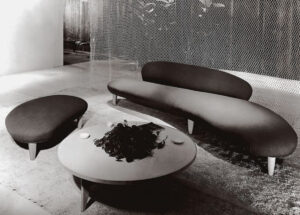
Freeform Sofa Isamu Noguchi, 1946. Photo: Vitra®
Upholstered in high-quality fabric or leather, the Freeform Sofa offers unparalleled comfort. Its ergonomic design conforms to the contours of the human body, providing a luxurious seating experience. The sofa’s timeless appeal lies not only in its aesthetic beauty but also in its ability to adapt to various interior styles, from mid-century modern to contemporary minimalism.
The Vitra Freeform Sofa remains a design icon, a testament to Isamu Noguchi’s genius and his unwavering dedication to creating harmonious, functional works of art. This seminal piece of furniture has inspired countless designers and artists, and continues to be a sought-after addition to various homes, and offices. We are proud to showcase Noguchi’s furniture within our own spaces, designs which amplify and activate the evocative Modernist exteriors and interiors of our buildings.
